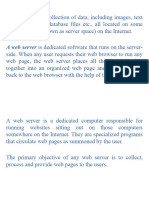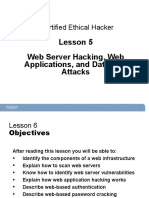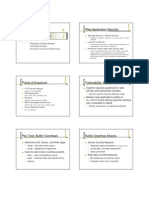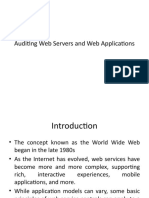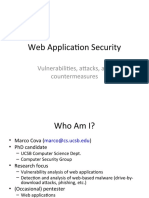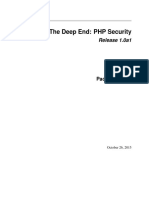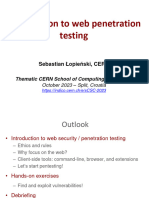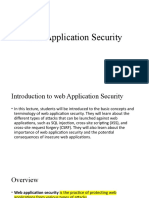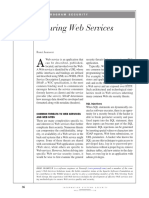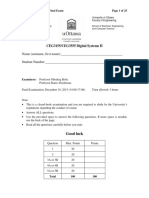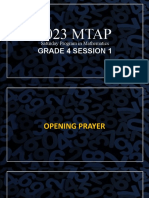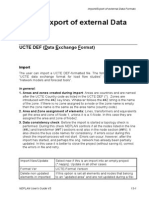0% found this document useful (0 votes)
29 views26 pagesChap 2 Web Application Security
website application security
Uploaded by
mbishlaurienCopyright
© © All Rights Reserved
We take content rights seriously. If you suspect this is your content, claim it here.
Available Formats
Download as PPTX, PDF, TXT or read online on Scribd
0% found this document useful (0 votes)
29 views26 pagesChap 2 Web Application Security
website application security
Uploaded by
mbishlaurienCopyright
© © All Rights Reserved
We take content rights seriously. If you suspect this is your content, claim it here.
Available Formats
Download as PPTX, PDF, TXT or read online on Scribd
/ 26



